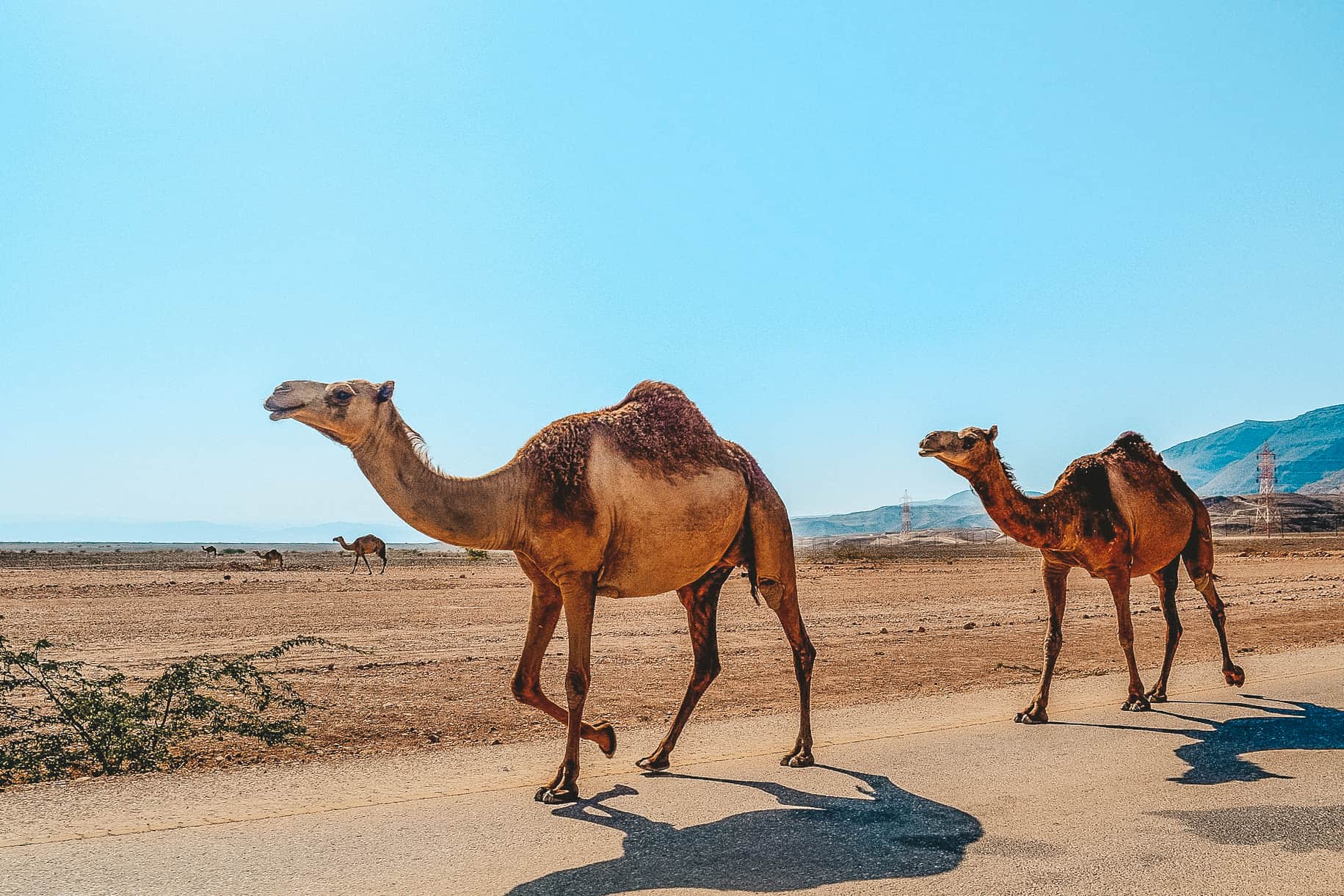
Oman is a country that often flies under the radar, but it’s packed with fascinating history, stunning landscapes, and unique culture. Ever wondered what makes Oman so special? Oman boasts some of the most diverse terrains in the Middle East, from golden deserts to lush green valleys. The country is home to ancient forts, bustling souks, and pristine beaches. Did you know that Oman is one of the oldest independent states in the Arab world? Its rich heritage is reflected in its architecture, traditions, and even its cuisine. Whether you're a history buff, nature lover, or just curious about different cultures, Oman has something to offer. Ready to learn more? Let’s dive into 20 intriguing facts about this hidden gem.
Key Takeaways:
- Oman's diverse landscapes include deserts, mountains, and coastlines, making it a unique country with rich geographical features.
- With a history dating back over 100,000 years, Oman's vibrant culture, ancient architecture, and traditional music reflect its rich heritage and customs.
Geography and Nature
Oman, located on the southeastern coast of the Arabian Peninsula, boasts diverse landscapes ranging from deserts to mountains to coastlines. Here are some fascinating geographical facts about this unique country.
- Oman is bordered by Saudi Arabia, the United Arab Emirates, and Yemen.
- The country has a coastline stretching over 1,700 kilometers along the Arabian Sea and the Gulf of Oman.
- The Rub' al Khali, or the Empty Quarter, is the largest continuous sand desert in the world and covers part of Oman.
- Jebel Shams, the highest peak in Oman, stands at around 3,009 meters above sea level.
- Wadis, or dry riverbeds, are common in Oman and often fill with water during rare rainstorms.
History and Culture
Oman's rich history and vibrant culture are reflected in its ancient architecture, traditional music, and customs. Let's delve into some historical and cultural facts.
- Oman has been inhabited for over 100,000 years, with evidence of early human settlements found in the region.
- The country was once part of the ancient maritime trade routes, connecting the East and the West.
- The Al Said dynasty has ruled Oman since 1744, making it one of the oldest continuous monarchies in the world.
- Frankincense, a resin used in perfumes and incense, has been traded from Oman for thousands of years.
- The traditional Omani dress for men is the dishdasha, a long, white robe, while women often wear colorful dresses and headscarves.
Economy and Development
Oman's economy has evolved significantly over the years, transitioning from a primarily agrarian society to one with diverse industries. Here are some economic facts about Oman.
- Oil was discovered in Oman in 1964, transforming the country's economy.
- The Sultanate has invested heavily in infrastructure, including roads, airports, and ports.
- Tourism is a growing industry in Oman, attracting visitors with its natural beauty and cultural heritage.
- Agriculture remains an important sector, with dates, limes, and bananas being major crops.
- The Omani Rial is the official currency, and it is one of the strongest currencies in the world.
Society and Lifestyle
Omani society is known for its hospitality, strong family ties, and respect for tradition. Let's explore some aspects of the Omani lifestyle.
- Arabic is the official language, but English is widely spoken, especially in business and tourism.
- Islam is the predominant religion, with the majority of Omanis practicing Ibadi Islam.
- Omani cuisine features dishes like shuwa (slow-cooked lamb) and majboos (spiced rice with meat).
- The country celebrates National Day on November 18th, marking the birthday of Sultan Qaboos bin Said.
- Traditional music and dance, such as the Al-Bar'ah, play a significant role in Omani celebrations and festivals.
Oman: A Land of Wonders
Oman, with its rich history, stunning landscapes, and unique culture, offers a treasure trove of fascinating facts. From the ancient city of Nizwa to the breathtaking Wahiba Sands, Oman is a country that seamlessly blends tradition with modernity. Its strategic location on the Arabian Peninsula has made it a melting pot of cultures and a hub for trade for centuries. The hospitality of the Omani people, coupled with their deep-rooted traditions, makes it a must-visit destination. Whether you're exploring the majestic forts, diving in the crystal-clear waters of the Arabian Sea, or simply enjoying the serene beauty of the Hajar Mountains, Oman promises an unforgettable experience. So, next time you're planning a trip, consider Oman – a land where history, nature, and culture come together in perfect harmony.
Frequently Asked Questions
Was this page helpful?
Our commitment to delivering trustworthy and engaging content is at the heart of what we do. Each fact on our site is contributed by real users like you, bringing a wealth of diverse insights and information. To ensure the highest standards of accuracy and reliability, our dedicated editors meticulously review each submission. This process guarantees that the facts we share are not only fascinating but also credible. Trust in our commitment to quality and authenticity as you explore and learn with us.


